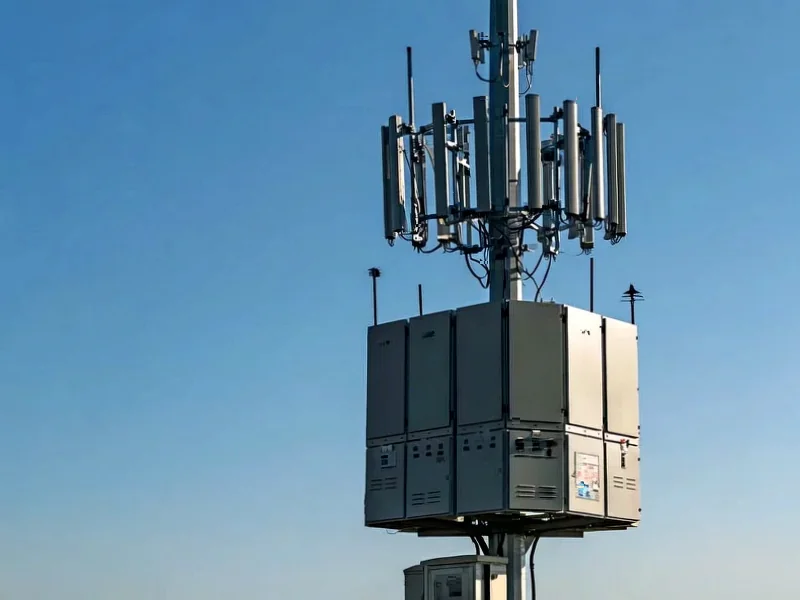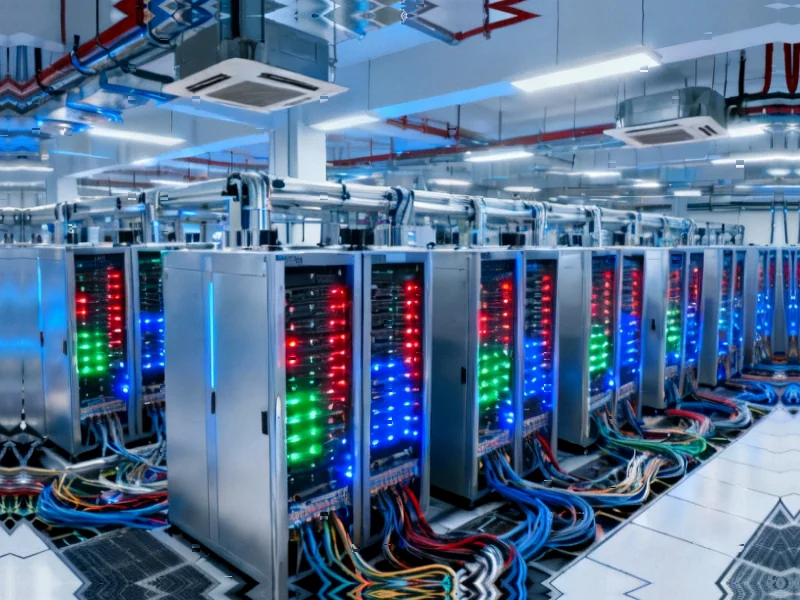According to CRN, Extreme Networks reported fiscal first-quarter 2026 revenue of $310.2 million, representing 15.2 percent year-over-year growth and marking the company’s sixth consecutive quarter of revenue growth. The Morrisville, N.C.-based networking specialist attributed this performance to strong adoption of its AI-powered Extreme Platform One offering, which went generally available in July, and increased customer engagement in EMEA and APAC regions. The company’s SaaS annual recurring revenue reached $216.2 million, up 24.2 percent year-over-year, while non-GAAP diluted earnings per share came in at 22 cents, beating Wall Street expectations. CEO Ed Meyercord noted that bookings for the AI platform were solid and adoption is running ahead of expectations, with the platform’s service agent reducing manual effort by up to 95 percent. This momentum signals a significant shift in the networking landscape that deserves deeper analysis.
Table of Contents
The AI Networking Differentiation Strategy
What makes Extreme Networks’ approach particularly interesting is how they’re positioning AI not just as a feature but as a core architectural advantage. While larger competitors like Cisco and Hewlett Packard Enterprise have been gradually integrating AI capabilities, Extreme Networks is betting heavily on what they call “agentic AI” – technology that can autonomously execute tasks rather than just provide recommendations. This represents a fundamental shift from traditional network management where human operators manually configure and troubleshoot systems. The claimed 95 percent reduction in manual effort suggests they’re targeting operational efficiency as their primary value proposition, which resonates particularly well in their core verticals of government, education, and hospitality where IT resources are often constrained.
The Subscription Model Transformation
The 24.2 percent growth in SaaS ARR to $216.2 million reveals a strategic transformation that’s been years in the making. Extreme Networks has been systematically shifting from traditional hardware sales to a Software as a Service model, and these results suggest the strategy is gaining traction. What’s noteworthy is that 37 percent of profits now come from recurring revenue, providing the company with more predictable cash flows and reducing their vulnerability to hardware refresh cycles. This transition mirrors broader industry trends but comes with its own challenges – maintaining customer satisfaction while continuously delivering value through software updates, and competing against pure-play SaaS networking companies that don’t carry the legacy of hardware-centric business models.
International Expansion and Its Challenges
The geographic revenue distribution – 48 percent Americas, 39 percent EMEA, and 13 percent APAC – indicates successful international expansion, but this growth brings significant operational complexities. Expanding in EMEA requires navigating diverse regulatory environments, language barriers, and established competitor strongholds. The mention of “increased customer engagement” in these regions suggests they’re investing heavily in local sales and support teams, which can strain resources for a company of their size. Success in international markets often requires different pricing strategies, localized product features, and partnerships with regional system integrators – all while maintaining the cohesive platform experience that’s central to their value proposition.
The Changing Competitive Landscape
Extreme Networks’ success in taking market share from larger competitors highlights an important shift in the networking industry. The traditional advantages of scale and broad product portfolios are being challenged by focused players who can move faster on emerging technologies like artificial intelligence. However, the sustainability of this advantage is questionable as larger competitors inevitably catch up. The real test will come when Cisco and HPE fully deploy their AI strategies, which will likely include deeper integration with their broader ecosystem of security, collaboration, and data center products. Extreme Networks’ ability to maintain their differentiation while potentially becoming acquisition targets themselves will shape the next phase of this competition.
Future Risks and Opportunities
While the current results are impressive, several risks loom on the horizon. The heavy reliance on AI as a differentiator could become problematic if customers experience “AI fatigue” or if the technology fails to deliver promised results at scale. The 95 percent reduction in manual effort claim, while compelling, needs validation across diverse customer environments over time. Additionally, the company’s smaller size relative to giants like Cisco means they have less margin for error in execution and fewer resources to weather economic downturns. However, the unified platform approach targeting specific vertical markets represents a sustainable niche that could allow them to continue outperforming the broader market, particularly if they can maintain their innovation velocity while expanding their international footprint.
Related Articles You May Find Interesting
- Former L3Harris Cyber Executive Admits Selling Secrets to Russia
- UPS Ground Saver Crisis: Why Postal Deal Matters More Than Ever
- Apple’s $320 Target: BofA Bets Big on iPhone 17 and AI Future
- Microsoft’s Global Cloud Outage Tests Enterprise Resilience
- Worldpay’s OpenAI Integration Signals Shift to Agentic Commerce Era



